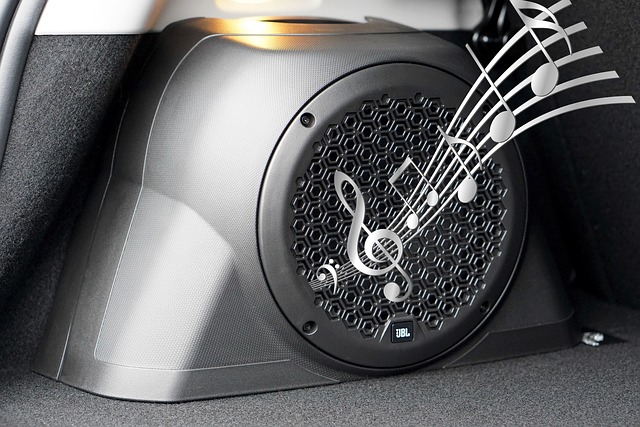Govt to act against noise pollution by capping the volume of vehicle horns to 50 decibels
Minister of Road Transport and Highways Nitin Gadkari, said that along with air pollution, noise pollution is a major irritant and poses a serious health hazard for the citizens.

A persistent issue on Indian roads is the incessant and loud honking which causes (noise pollution) annoyance and may lead to serious health hazards. Trucks and buses in particular are known to sound loud horns mimicking various tunes of film songs. Some horns on Indian roads generate noise levels of even more than 100 decibels. The ambient sound levels in all major metro cities are close to 80-100 decibels.
India is planning to reduce the permissible upper limit for vehicle horns in a bid to control noise pollution. The plan on specifying reduced noise levels will be decided after conducting a study by the National Environment Engineering Research Institute. The Ministry of Road Transport and Highways has asked NEERI to finalise the maximum decibel levels for different types of vehicles and also give a list of tunes for the vehicles.
Steps to cut down the noise pollution :
The Central government is planning to take strong steps to cut down the noise pollution on streets caused by vehicles and two-wheelers by considerably reducing the permissible limit. According to a report, Minister of Road Transport and Highways, Nitin Gadkari, said that the Centre is planning to introduce an upper limit of around 50 decibels for the vehicle horns.

According to the current rules, horns of 80 to 91 decibels are permissible for different types of vehicles including two-wheelers, three-wheelers, cars and commercial vehicles. This is well over 53 decibels day-time level and 45 decibels night-time level as suggested by the World Health Organisation (WHO).
Gadkari said that the government is aiming to amend the Central Motor Vehicle Rules to set maximum permissible noise levels for vehicle horns at around 50 decibels, which will be a sharp reduction from the existing permissible limits.
Additionally, the government is also planning to suggest a set of tunes for horns that are soothing to the ears and serve the purpose of providing warning without creating noise pollution in the environment. “We propose to amend the Central Motor Vehicle Rules to fix maximum permissible noise levels of horns on vehicle to around 50 decibels from over 70 decibels now. Certain tunes may also be suggested for adoption so that the sound of a horn becomes soothing to the ear and the audio quality just serves the purpose of providing sufficient warning of the approach or position of the vehicle and not an irritant to ears,” said Gadkari.
Mr. Gadkari expressed his wish that horns should preferably use Indian Classical and Instrumental tunes which would be soothing to the ear. He said it would be a reference for vehicle makers and would not be mandatory.
The minister underlined the role of noise pollution in causing health hazards to citizens when he spoke about the government’s plan. According to the Indian Medical Association, prolonged exposure to noise of more than 80 decibels for 6 to 8 hours for five days in a week can lead to deafness and even have effect on mental health, ultimately causing serious mental disorders.
After the implementation of these new changes in vehicle horn regulations, automobile makers will have to modify their vehicle designs accordingly. Additionally, the existing vehicles will also need to be modified as per the new noise level norms for horns in a phased manner. “The changes in rules for horns will make it mandatory for vehicle manufacturers to comply with specifications and make the necessary changes in vehicle design. All existing vehicles would also be shifted to new noise norms for horns in a phased manner,” the report quoted an official aware of the development.
Over the last few years, the Indian automobile sector has seen a wide range of changes and reforms aimed at making roads and the movement of vehicles on them safer. For instance, regulations have been introduced for the mandatory use of six airbags for certain vehicles, incorporation of high-speed alerts, mandatory rear seat belts, AC cabins in large trucks and heavy vehicles, and use of ABS braking systems.
Please, also have alook into : Govt warns media platforms against airing betting ads, promises action against offenders



